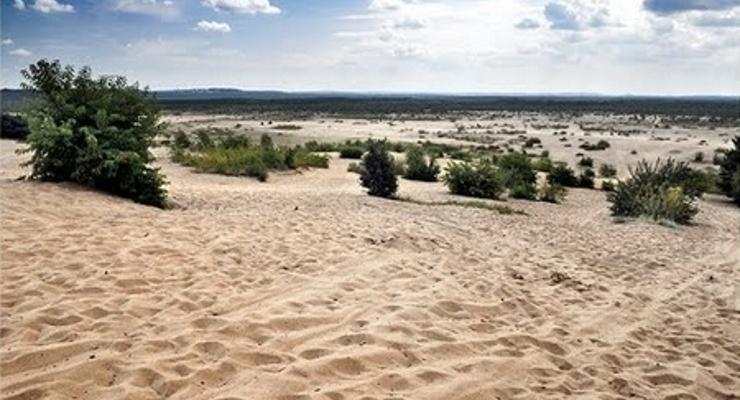Post by Bonobo on Jul 25, 2010 23:40:48 GMT 1
Sandstorm of subsidies for Polish desert
22.07.2010 11:48
Pustynia Błędowska. Source: wikipedia.org
2 million euro has been earmarked for recultivation of Poland’s precious stretch of real desert, the Pustynia Bledowska, which lies on the border between the southern regions of Silesia and Malopolska.
The municipal authorities of nearby Klucze will be receiving a substantial subsidy to restore the desert. Half of the money is to come from the EU “Life+” programme and the remaining half from the National Fund for Environmental Protection, as well as the borough’s own resources.
The official documents are to be concluded in September. Some of the first work on the desert will be to recover the unexploded shells left on the site of the army training ground that was once stationed there.
Planted undergrowth, which is not typical of a desert, will be removed, educational trails demarcated and an Information Centre built. The Bledowska Desert is part of the Nature 2000 programme, but in fact not the only desert on Polish territory.
Błędów Desert (Polish: Pustynia Błędowska) is an area of sands between Błędów (part of Dąbrowa Górnicza in Upper Silesian Metropolitan Union) and the village of Klucze in Poland. The area lies mainly on the Silesian Highlands in the Silesian Voivodeship. Area 32 km².
The Bledowska Sands are the largest (in Central Europe) accumulation of loose sand away from any sea, deposited thousands of years ago by a melting glacier. The appearance of a desert landscape has been created since the Middle Ages, as an accidental effect of mining (zinc, silver, coal), but the specific geological structure has been of big importance - the average thickness of the sand layer is about 40 meters (maximum 70 meters), which made the fast and deep drainage very easy. In the recent years the sands have started to shrink. The phenomenon of mirages has been known to exist there.[citation needed]
During the Second World War the area was used by the German Afrika Korps for training and testing equipment before deployment in A



22.07.2010 11:48
Pustynia Błędowska. Source: wikipedia.org
2 million euro has been earmarked for recultivation of Poland’s precious stretch of real desert, the Pustynia Bledowska, which lies on the border between the southern regions of Silesia and Malopolska.
The municipal authorities of nearby Klucze will be receiving a substantial subsidy to restore the desert. Half of the money is to come from the EU “Life+” programme and the remaining half from the National Fund for Environmental Protection, as well as the borough’s own resources.
The official documents are to be concluded in September. Some of the first work on the desert will be to recover the unexploded shells left on the site of the army training ground that was once stationed there.
Planted undergrowth, which is not typical of a desert, will be removed, educational trails demarcated and an Information Centre built. The Bledowska Desert is part of the Nature 2000 programme, but in fact not the only desert on Polish territory.
Błędów Desert (Polish: Pustynia Błędowska) is an area of sands between Błędów (part of Dąbrowa Górnicza in Upper Silesian Metropolitan Union) and the village of Klucze in Poland. The area lies mainly on the Silesian Highlands in the Silesian Voivodeship. Area 32 km².
The Bledowska Sands are the largest (in Central Europe) accumulation of loose sand away from any sea, deposited thousands of years ago by a melting glacier. The appearance of a desert landscape has been created since the Middle Ages, as an accidental effect of mining (zinc, silver, coal), but the specific geological structure has been of big importance - the average thickness of the sand layer is about 40 meters (maximum 70 meters), which made the fast and deep drainage very easy. In the recent years the sands have started to shrink. The phenomenon of mirages has been known to exist there.[citation needed]
During the Second World War the area was used by the German Afrika Korps for training and testing equipment before deployment in A













